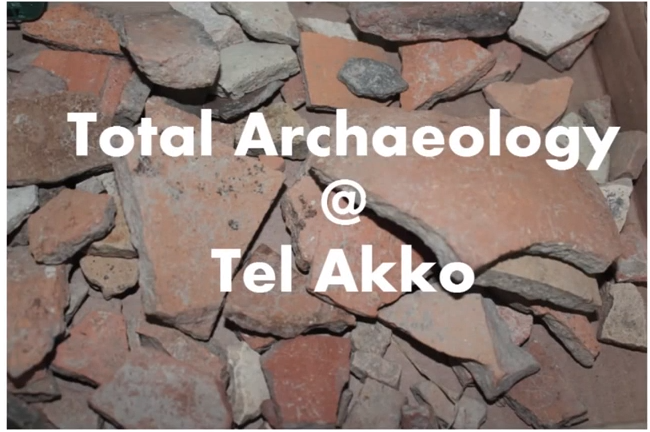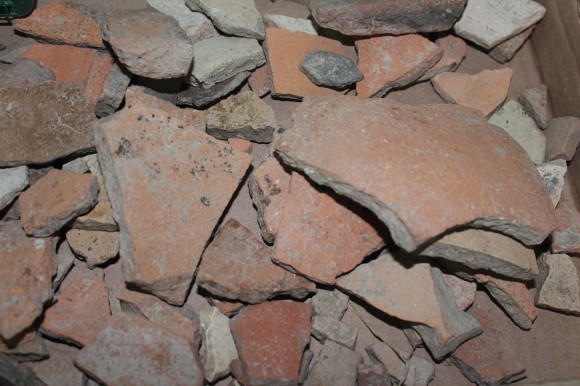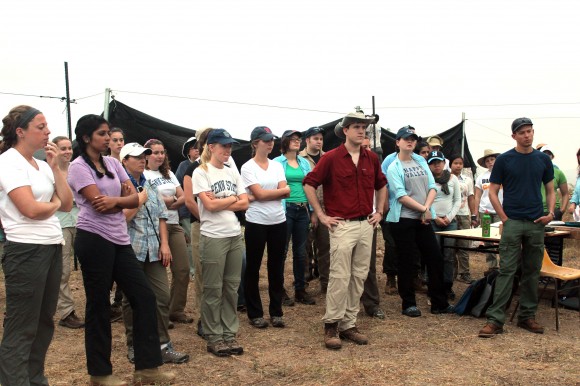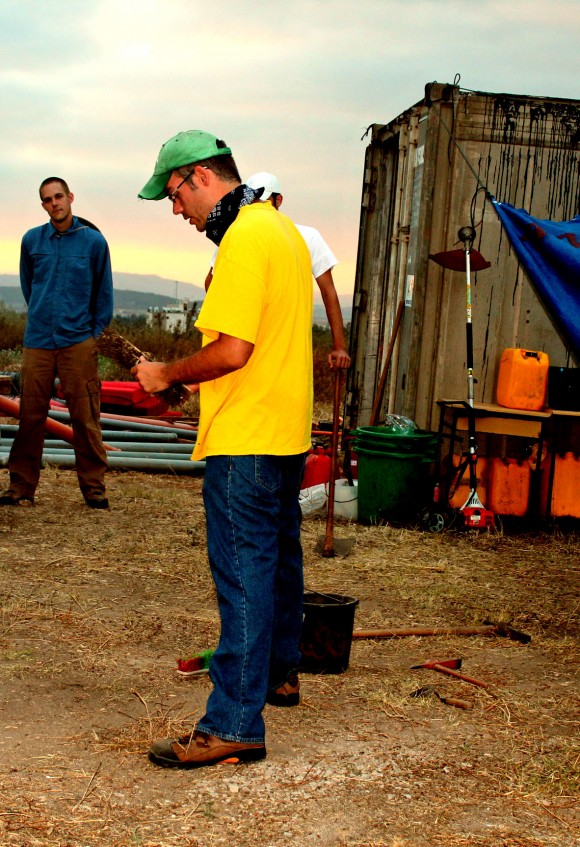So, what are we doing here? Seventy students from all over the U.S. and other places in the world and more faculty, staff and others are digging. Here we sit in the city of Akko, north of Haifa. Well, actually we are across the harbor from Haifa. We are excavating a Tel, an accretion of levels of civilization that goes back to the early Bronze Age that was once the original city of Akko and now sits in the city’s midst.
We aren’t even the first ones to excavate here. Moshe Dothan excavated this tel on and off from 1973 into the 1980s. In some places we are re-excavating what he already dug. Why? Because he didn’t publish his findings and all we have are his notes and maps and drawings, which we are trying to decipher.
In other places, we are excavating where no one has gone before. Well, the original inhabitants went there, but no one has excavated there yet.

The site contains Greek, Persian, Iron Age and Bronze Age remains. During the Iron Age, this city was not part of the Kingdoms of Israel and Judea, but was Phoenician, part of the complex of cities to the north which include Tyre and others. The approach to this excavation is called Total Archaeology because it includes more than just digging.

 Pulling up lots of pottery. Not surprising as a second name of Tel Akko is Tel of Sherds. The place is just covered with them and they are mixed in with all the dirt. I’ve been hauling buckets and screening dirt. A two-handled screen atop a wheelbarrow gets shaken to remove all the loose dirt. Then the diggers sort through what is left for pottery, animal bone, shells, iron slag and perhaps something cool. What could be cool? Loom weights – little ceramic globs with holes in them that are used in weaving, iron projectile points, highly polished and painted Greek pottery, a carved ivory figure would all be cool and all have been found on the Tel so far, but not in the screens.
Pulling up lots of pottery. Not surprising as a second name of Tel Akko is Tel of Sherds. The place is just covered with them and they are mixed in with all the dirt. I’ve been hauling buckets and screening dirt. A two-handled screen atop a wheelbarrow gets shaken to remove all the loose dirt. Then the diggers sort through what is left for pottery, animal bone, shells, iron slag and perhaps something cool. What could be cool? Loom weights – little ceramic globs with holes in them that are used in weaving, iron projectile points, highly polished and painted Greek pottery, a carved ivory figure would all be cool and all have been found on the Tel so far, but not in the screens.
